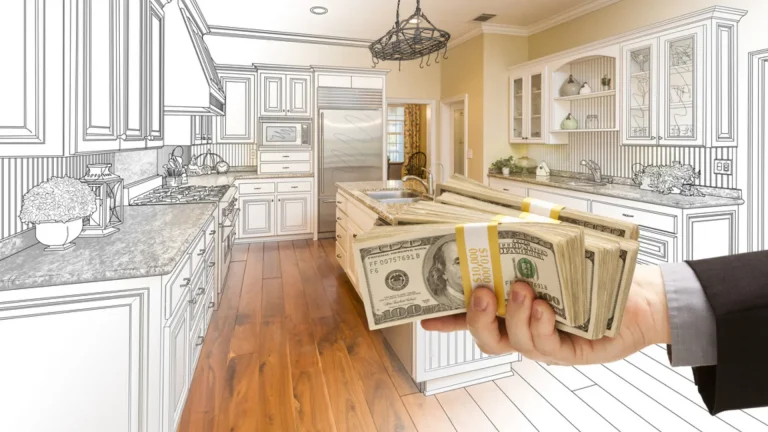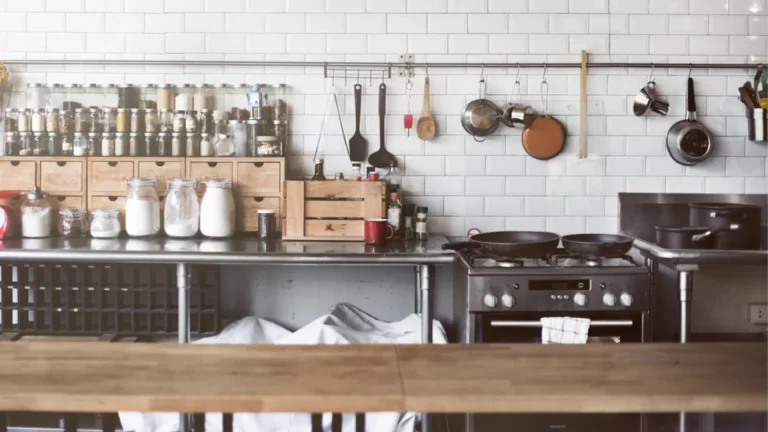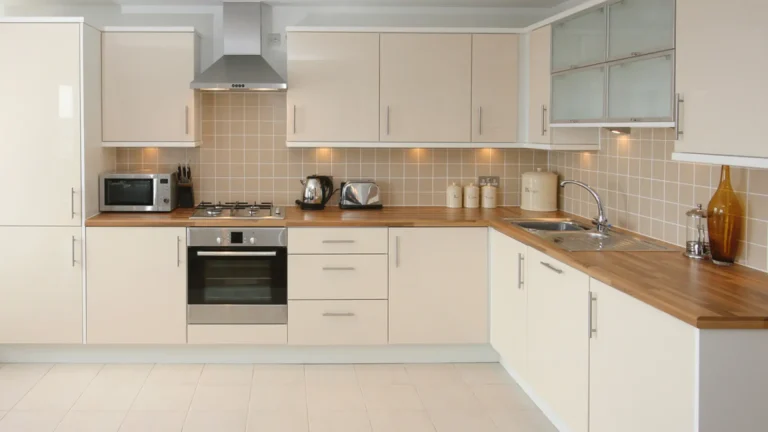Thriving Through Transformation: How To Survive A Kitchen Remodel with Ease

Embarking on a kitchen remodel can feel like setting sail into stormy seas. It’s a journey of transformation, not just for your home, but for your daily life. Surviving a kitchen remodel requires more than just financial investment; it demands patience, organization, and a good dose of creativity. You must know how to survive a kitchen remodel and be prepared for it.
In this guide, we’ll navigate through the choppy waters of renovation, ensuring you reach the shores of your dream kitchen with your sanity intact. From preparation to the final touches, we’ll provide you with essential tips and strategies for a smooth remodeling experience.
How To Prepare For The Live-in Kitchen Remodeling
Prioritize Organization
Before the first hammer swings, your success hinges on meticulous organization. Start by decluttering your current kitchen, categorizing items into what you’ll need daily and what can be stored away. This not only clears the space for workers but ensures you have access to essentials. Creating a detailed inventory of your kitchen items can also help track what’s available and what might need to be replaced post-remodel.
Track Your Expenses
A kitchen remodel is a significant financial undertaking. To avoid overspending, establish a budget early on and track every expense, no matter how small. Consider using budgeting software or a simple spreadsheet to monitor costs. Remember to allocate a contingency fund for unexpected expenses—common in any renovation project—to ensure financial surprises don’t derail your plans.
Keep a Positive Attitude During the Process
A remodel can test your patience, but maintaining a positive attitude is key to surviving the process. Focus on the progress being made, even if it’s just small steps. Celebrate milestones, whether it’s the completion of demolition or the installation of your new countertops. A positive outlook will make the journey less stressful and more rewarding.
Be Aware of What’s Going to Happen
Understanding the scope and sequence of work can significantly reduce anxiety. Familiarize yourself with the project timeline, and stay in regular communication with your contractor to be aware of what each day or week will bring. This knowledge allows you to adjust your daily routines accordingly and prepare for the most disruptive phases of the remodel.
How To Survive A Kitchen Remodel? – Step-By-Step Guide
Be prepared for chaos
Even with the best planning, remodeling a kitchen is inherently chaotic. Accepting this from the start can help manage your expectations. Find humor in the small inconveniences and remember that this chaos is temporary, leading to a beautifully renovated space.
Plan for surprise expenses
No matter how well you budget, unexpected costs are par for the course in any remodel. Whether it’s unseen structural issues or a sudden change of heart about your backsplash, be financially and mentally prepared to make adjustments.
Avoid unnecessary extra expenses
It’s easy to get carried away with adding on “just one more thing” during a remodel. Stick to your original plan as closely as possible to avoid inflating costs. If you do decide to splurge on an upgrade, ensure it’s something that adds significant value or functionality to your kitchen.
Set up a temporary kitchen
Create a makeshift kitchen in another part of your home. Equip it with essentials like a microwave, refrigerator, coffee maker, and toaster oven. This space will become your culinary sanctuary, allowing you to prepare meals without constantly navigating the construction zone.
Make a menu plan
Plan simple, nutritious meals that require minimal cooking. Think sandwiches, salads, and microwave-friendly dishes. Preparing a menu in advance reduces the stress of mealtime decisions and helps maintain a semblance of normalcy.
Use disposable utensils and dishes
To minimize cleanup, consider using disposable utensils and dishes. While not the most eco-friendly option, it’s a temporary convenience that can save a lot of hassle during the remodel.
Be ready to wash dishes in another sink
If your kitchen sink is out of commission, designate another sink for dishwashing. Whether it’s in a bathroom, laundry room, or utility area, adapt it to make dishwashing as efficient as possible.
Designate a dining room space
Choose a room or area in your home to serve as a temporary dining room. Having a dedicated space to enjoy meals can help maintain a sense of routine and normalcy for you and your family.
Designate areas for your children and pets
Construction sites can be dangerous. Set up safe zones for children and pets away from the work area. This not only protects them but also reduces stress for the workers.
Designate a room as a construction-free zone
Having a sanctuary where you can relax and escape the chaos is essential. Keep one room untouched by the remodel where you can unwind and enjoy some quiet time.
Get to grilling
If weather permits, use your grill to cook meals. Grilling outside can be a fun way to make dinner and a great excuse to spend time outdoors.
Clean up immediately
At the end of each day, take some time to clean up the construction area. This will help reduce dust and debris from spreading throughout your home.
Change your attitude
Try to see the remodel as an adventure rather than an inconvenience. This mindset can transform the experience into an exciting journey rather than a stressful ordeal.
FAQs
Conclusion
Surviving a kitchen remodel is a test of patience, organization, and flexibility. By preparing effectively, setting realistic expectations, and maintaining a positive outlook, you can navigate the process smoothly. Remember, the temporary inconvenience of a remodel paves the way for years of enjoyment in your newly transformed space. With the right approach, you can not only survive but thrive during your kitchen remodel, making the journey as rewarding as the destination.






